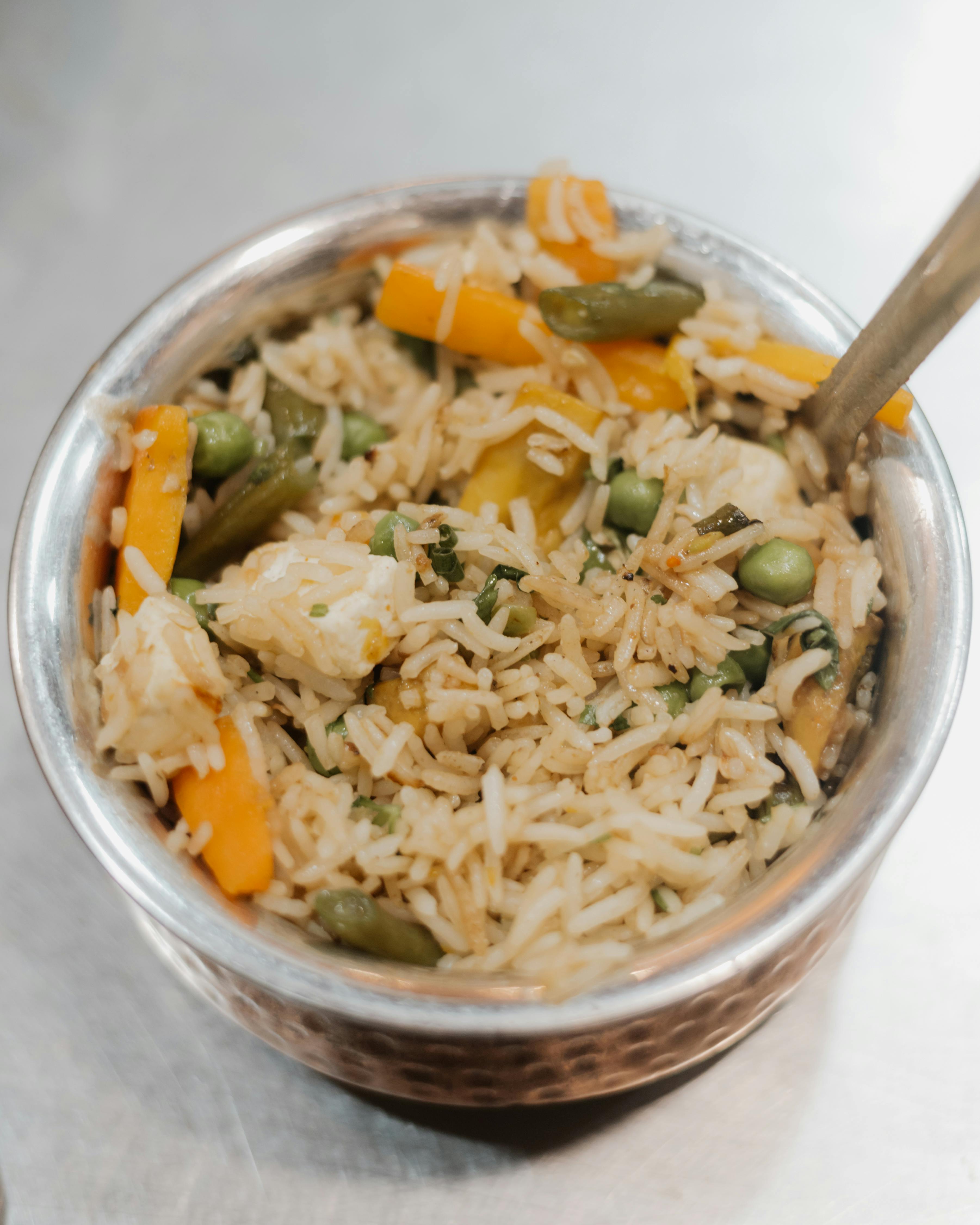
Effective Ways to Optimize Your Diverticulosis Diet Plan for 2025
Diverticulosis is a common digestive condition that affects many individuals, particularly as they age. A well-structured diverticulosis diet is essential not just for symptom management but also for improving overall digestive health. In 2025, optimizing your diet can lead to better health outcomes, reduced flare-ups, and an enhanced quality of life. This article explores various aspects of managing your diverticulosis through dietary modifications, focusing on practical strategies that facilitate a high-fiber diet while avoiding common pitfalls.
From understanding which foods are beneficial to knowing precisely what to avoid, this article will guide you through creating a personalized diverticulosis meal plan. You'll discover essential foods, cooking tips, and hydration strategies you can incorporate into your daily regimen. Additionally, it will emphasize the importance of fiber, hydration, and lifestyle changes for maintaining colon health.
The key takeaways from this guide include practical dietary strategies for diverticulosis, an understanding of the importance of fiber, and useful tips for cooking and meal planning. By applying these methods, you can take control of your dietary habits and effectively manage your condition.
Understanding Diverticulosis and Its Dietary Needs
To begin optimizing your diverticulosis diet, it’s crucial to understand what diverticulosis is. This condition occurs when small pouches, called diverticula, form in the walls of the colon, often leading to digestive complications. A diverticulosis diet focuses primarily on high fiber intake, which plays a vital role in keeping the digestive system functioning smoothly.
Defining Diverticulosis and Diverticulitis
While diverticulosis itself may be asymptomatic, it can escalate to diverticulitis if infection or inflammation occurs. This escalation necessitates dietary modifications over time.
Importance of a High-Fiber Diet
A high-fiber diet for diverticulosis is instrumental in ensuring regular bowel movements and preventing constipation. This type of diet typically includes fruits, vegetables, whole grains, and legumes, which bulk up stool and allow it to easily pass through the colon.
Understanding Fiber Types
It's also essential to distinguish between soluble and insoluble fiber, as both play different roles in digestion. Soluble fiber is found in foods like oats and apples, while insoluble fiber is abundant in whole grains and vegetables, promoting overall digestive health.
With these fundamentals established, let’s discuss the specific foods to incorporate into your diverticulosis diet plan.
Creating a High-Fiber Meal Plan for Diverticulosis
Creating a diverticulosis meal plan requires careful consideration of food choices to ensure a balance of nutrients and fibers. Understanding the types of foods that are safe and beneficial will significantly contribute to managing your symptoms effectively.
Foods to Eat with Diverticulosis
When considering what to eat, focus on high-fiber foods. Recommended options include:
- **Fruits**: Apples, berries, bananas, and pears are fantastic sources of fiber.
- **Vegetables**: Spinach, carrots, broccoli, and kale can add substantial fiber to your meals.
- **Whole Grains**: Opt for whole-grain bread, brown rice, and quinoa.
- **Legumes**: Incorporate beans, lentils, and chickpeas regularly into your diet.
Sample Diverticulosis Meal Suggestions
Your diverticulosis meal suggestions can include:
- Breakfast: Oatmeal topped with fresh fruits and a sprinkle of nuts.
- Lunch: A quinoa salad filled with colorful vegetables and chickpeas.
- Dinner: Grilled salmon, steamed broccoli, and brown rice.
Snacking can also play a role; consider snacks like hummus with vegetable sticks or fruit smoothies.
Importance of High-Fiber and Hydration
Fiber intake is crucial, but hydration cannot be overlooked. Adequate water intake helps fiber pass through your system more effectively. Aim for at least eight glasses of water daily, adjusting based on your activity level and climate.
This leads us to the next vital component of your diet: understanding what to avoid when managing your diverticulosis.
Foods and Practices to Avoid with Diverticulosis
While some foods are beneficial, others can exacerbate your condition, leading to discomfort or potential complications. Knowledge of what to avoid is just as important as knowing what to eat.
What to Avoid with Diverticulosis
Avoid food items that can increase the risk of diverticulitis flare-ups, such as:
- **Nuts and seeds**: Historically debated, it's best to consult your healthcare provider about your individual needs.
- **Processed foods**: Foods high in sugar and fat can lead to digestive issues.
- **Red meats and fried foods**: These can be harder to digest and may increase inflammation.
Understanding Portion Control
Portion control is essential for those with diverticulosis. Eating smaller, more frequent meals can help in managing symptoms while ensuring a steady intake of nutrients.
Common Diverticulosis Diet Mistakes
Be mindful of common dietary mistakes, such as neglecting hydration or failing to adequately introduce fiber into your meals. Gradually increasing your fiber intake can prevent bloating and discomfort.

After establishing what to eat and what to avoid, let’s explore practical cooking tips that suit those with diverticulosis.
Cooking Methods and Tips for Diverticulosis
How you prepare your meals greatly impacts your health when managing diverticulosis. Let's delve into effective cooking methods that can help you adhere to your diet.
Safe Cooking Methods
Opt for cooking methods like steaming, grilling, and baking rather than frying. These methods help retain nutrients while avoiding any unnecessary fats that might irritate the digestive system.
Diverticulosis Cooking Tips
To add flavor without irritation, consider using herbs and spices instead of salt or sugar. Creating marinades and dressings with olive oil, vinegar, and lemon can enhance taste while remaining health-conscious.
Meal Prepping for Success
Meal prepping is an excellent strategy for those following a diverticulosis diet. Prepare larger portions of your meals ahead of time and store them in portion-controlled containers. This saves time and ensures you always have healthy options available.
Building on these cooking strategies, it’s important to note how to maintain a balanced diet with healthy snacks and hydration.
Healthy Snacks and Hydration for Diverticulosis
Snack choices can greatly influence your symptoms. Selecting the right snacks keeps you nourished while managing your condition.
Diverticulosis Snacks
Adopt a mindset of smart snacking by reaching for fiber-rich options like:
- **Greek yogurt with berries**: This offers probiotics for gut health.
- **Fiber bars**: Choose ones with whole grains and low sugar content.
- **Vegetable sticks** with hummus: Easy to prepare and nutritious.
Hydration Sources
While water is key, also consider other hydration sources like herbal teas and water-rich fruits such as melons and cucumbers. Staying hydrated aids digestion and enhances fiber efficacy.

Establishing a Routine for Meal Timing
Creating a consistent eating schedule can significantly impact digestive health, ease symptoms, and improve overall well-being. Plan meals and snacks at regular times, which may help train your body to digest efficiently.
In conclusion, managing a diverticulosis diet in 2025 involves understanding the importance of high-fiber food choices, avoiding certain irritants, and adopting effective cooking strategies. Engaging in these practices together empowers individuals to take control of their digestive health, leading to a happier, healthier life.